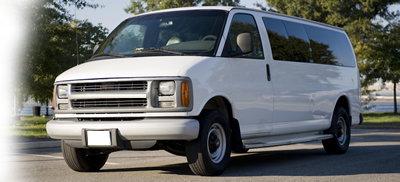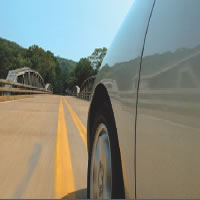Frequently Asked Questions
| Advanced Technologies |
||
Passenger Van Safety
Passenger vans handle very differently from smaller passenger vehicles because they are typically longer, higher, and wider. They require additional reliance on the side mirrors for changing lanes, more space, additional braking distances, and have a higher risk of crashes and rollovers if not properly driven and maintained. These vans are often used by various groups and organizations.

|
What’s the Concern - Higher Rate of Rollover NHTSA research shows there’s a greater risk of rollover due to:
|
|
|||||||||||||||||||||||||||||||||||||||||||||||||||||










